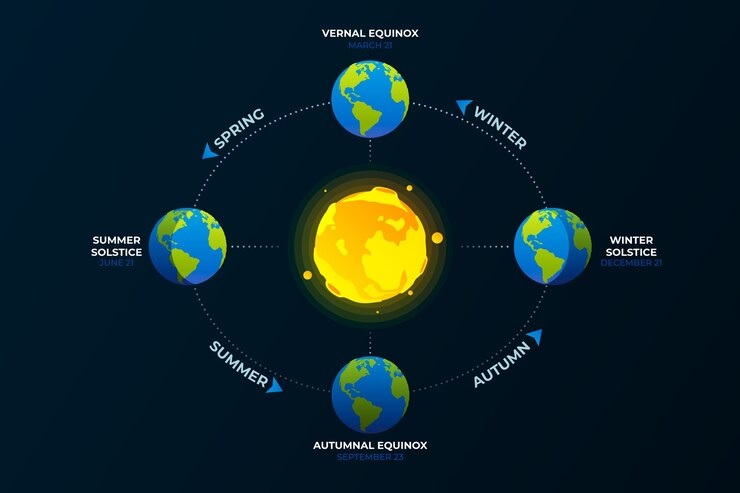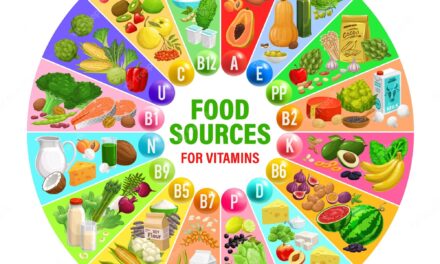The motions of the Earth are a fascinating dance through space, governed by key phenomena such as rotation, revolution, and the geometry of its orbit. Rotation describes the Earth’s spinning motion on its axis, completing a full rotation approximately every 24 hours, giving us day and night. Meanwhile, revolution refers to Earth’s orbit around the Sun, taking roughly 365.25 days, resulting in our calendar year. The circle of illumination represents the dividing line between day and night on Earth’s surface, constantly shifting due to rotation. Leap year, occurring every four years, corrects for the slight discrepancy in the calendar caused by the .25 days in Earth’s orbit. Earth follows an elliptical orbit around the Sun, with variations in distance leading to the phenomena of summer and winter solstices, marking the longest and shortest days of the year, respectively. Equinoxes occur twice a year when day and night are of equal length, signaling the changing of seasons. Together, these motions and celestial events shape our understanding of time, seasons, and the rhythms of life on Earth.
The worksheet covers the following topics-
Rotation
Revolution
Circle of illumination
Leap year
Elliptical orbit
Summer solstice
Winter solstice
Equinox
Do revisit Movements of the Earth Grade 5 worksheet.

















